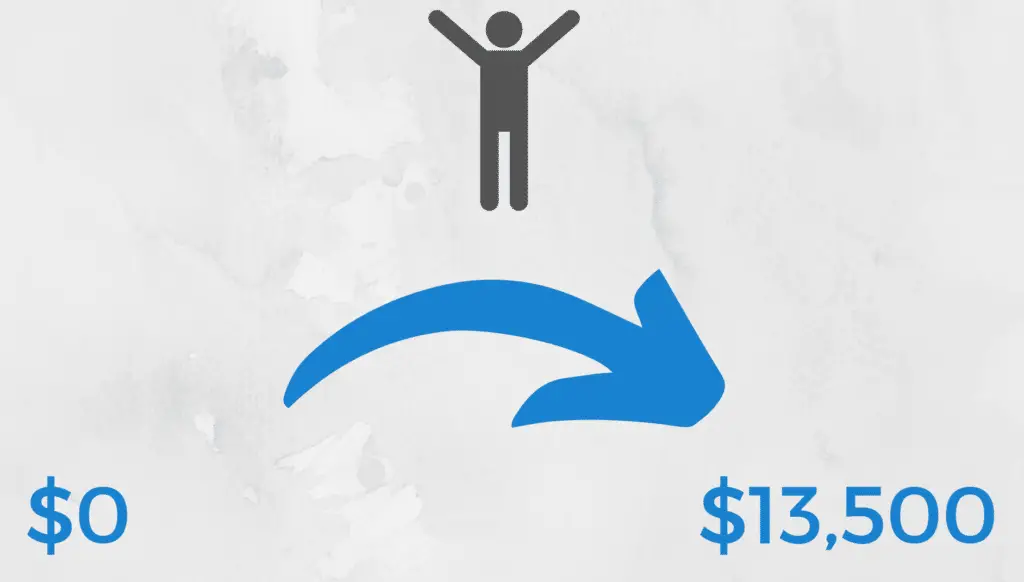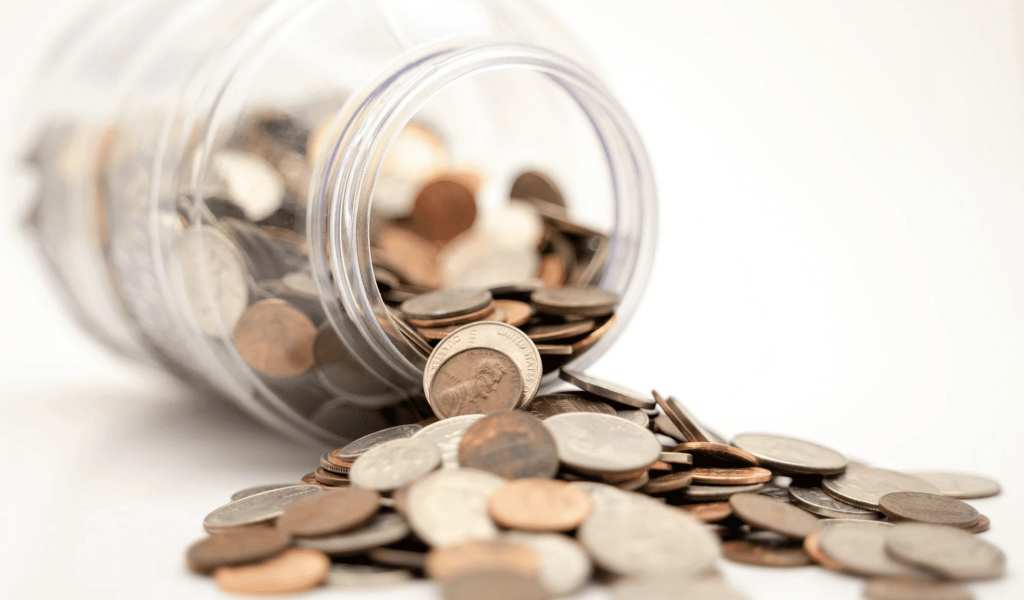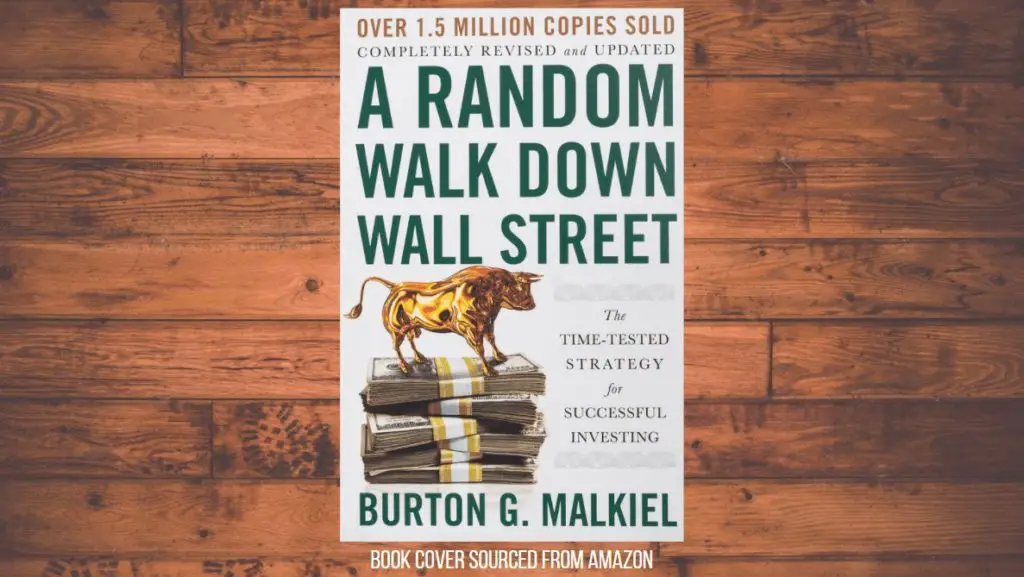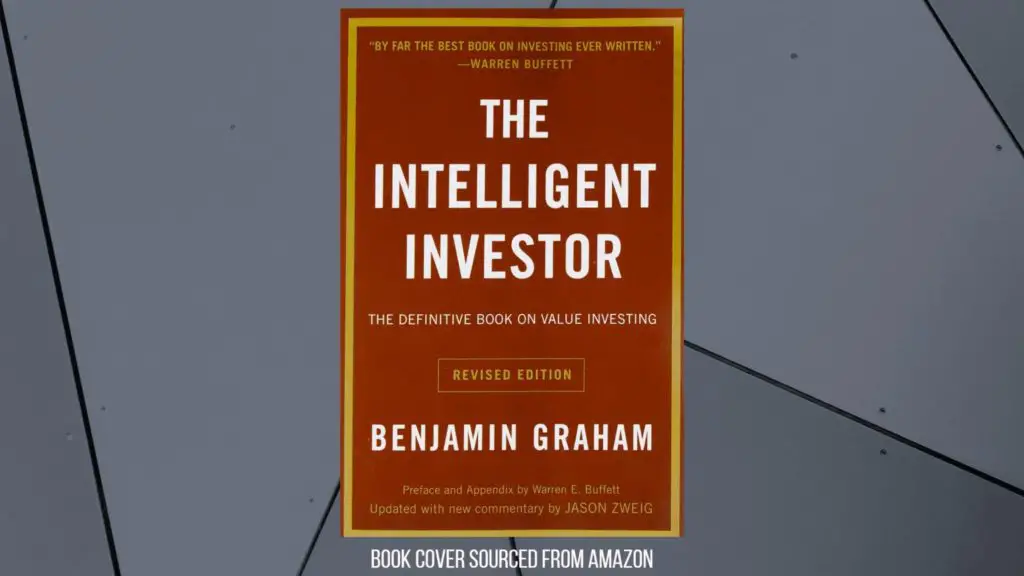This post may contain affiliate links, which means I’ll receive a commission if you purchase through my links, at no extra cost to you. Please read full disclosure for more information.
If we have learned anything from the beginning of this new decade, it’s that things can go south extremely fast!
In a matter of weeks, your entire situation can change. Now more than ever, it is evident that we should all have an emergency fund.
WHAT IS AN EMERGENCY FUND?
An emergency fund is a collection of savings that you build up to use as a financial safety net when inevitable emergency situations pop up. These financial emergencies may result from losing a job, a sudden illness, or major damage to any property or expensive belongings.
Without an emergency fund, you would be unable to fork out the cash required for these surprises. Or, you would have to use debt to come up with the funds, which leads to high interest payments.
Saving a large amount of cash to contribute towards this fund might appear to be stressful, but it does the exact opposite for you when you need it. When you set things in place up front, access to an emergency fund will provide you with relief and a cushion of safety.
HOW MUCH TO SAVE FOR AN EMERGENCY FUND
If you read any personal finance book, the experts nearly all suggest saving 3 to 6 months of living expenses for your emergency fund. This amount gives you enough cushion to allocate money towards emergencies when necessary while still being able to live normally.
Let’s walk through how this could look. Below are your typical monthly expenses:
- Rent: $1,000
- Utilities: $200
- Groceries and takeout: $300
- Car payment: $350
- Other: $400
TOTAL: $2,250
So your monthly expenses are around $2,250. If you multiple that by 3 and 6, you will arrive at a range of $6,750 to $13,500. This number can look intimidating at first, but it breaks down into something much more achievable using the savings vehicles mentioned in step 4 and 5.

Safety and peace of mind
Asking for 3 to 6 months of living expenses is already a tall order for most people, but after witnessing the effects of the pandemic, I would aim for 8 to 12 months of expenses.
You never truly know what can come up and the duration that emergency situations can last. Your emergency fund will give you peace of mind and allow you to breathe when the unexpected shows up.
Emergencies themselves cause enough chaos and stress. You wouldn’t want to add financial stress on top of it.
5 STEPS ON HOW TO SAVE FOR AND BUILD AN EMERGENCY FUND

Building an emergency fund to the necessary size is going to seem like a large mountain to climb from the start. It’s important to note that you will need patience and an understanding that this will take time to build.
You’ll try to build this as fast as you can, but it won’t happen overnight and may take several months or even a year or two. The important thing is to stay consistent and keep building it up.
1. Calculate the total amount you want to save
The first step of building an emergency fund is identifying where you want to end up when this is all said in done. You must know how much you need saved so you can work backwards in developing a plan and savings goals.
Just a second ago in the post, we laid out hypothetical expenses for one month: $2,250. Yours may be higher or lower, but follow the same process to figure out what your expenses are any given month.
The more expenses you include, the more accurate the total amount will be. Even lean towards the conservative side by forecasting slightly more than you think you would need. This will accommodate for any contingencies.
Once you arrive at your number, multiply it by 6. (We are assuming you will go with a fund that will cover 6 months of expenses). Using the numbers from above, this 6 month emergency fund size is $13,500.
2. Create savings goals and plans

Now that you have the end goal in mind, you can plan on how you will bridge the gap between your current emergency fund size and the $13,500 amount. Here are some factors that will play into how much you save each month and how long it will take you to reach your goal:
- How much money do you have left over each month to save?
- Can you sell anything to expedite the process?
- Can you earn income in any other ways?
- By when do you want to have this saved up?
Logically, you’ll build up your fund much faster if you have more money to save each month.
3. Take baby steps
The hardest part of the emergency fund building process is the beginning. I understand it is tough to save. If you are in college or at the beginning of your career, money is still tight and you probably have financial obligations to cover such as student loans.
Take baby steps. Start by saving what you can at the time, even if it’s $10 a week. Just get into the habit of saving and become comfortable with it. Gradually increase the amount that you save over time. This will help you become accustomed to saving, build momentum, and make everything more sustainable.
4. Automate savings and cash flow
Okay, now we are getting into the meat and potatoes of the post. Step 4 shares how you can automate once steps 1-3 have taken place.
In his book, I Will Teach You To Be Rich, Ramit Sethi talks about how the reader needs to overcome human psychology when it comes to personal finance. It’s naturally hard for us to part ways with our money through saving. In addition to the difficulty, we may also simply forget to do so.
To overcome this, automate your savings and your cash flow. He has some great savings tips in the book (See our book review here) and the overarching theme to them is to automate your savings. You want accounts to be set up that will automatically withdraw money from your checking account (weekly, bi-weekly, monthly) and into the accounts that will house your emergency fund.
The idea is that money will flow into your checking account from your primary source of income (your job) and automation will take care of the rest.
What are the benefits?
- Funds are withdrawn from your checking into your savings automatically
- You will never forget to save
- The saving is passive and you don’t even notice it happening, making it less painful to part with your money
- There are a variety of options out there to initiate savings goals and rules to save in multiple ways
Use apps to automate withdrawals in unique ways
In the last decade, numerous apps have come onto the market to provide ways to hack your savings to make it enjoyable and passive. With these apps, you can automate withdrawals to save more.
I personally use Digit and Qapital.
Digit
With Digit, you can set up different accounts that your want to save for. One of these can be for your emergency fund. You can set a goal of what you want to save and by what date and Digit will take care of the rest. Use this link to sign up for Digit and get $5 (I’ll also get $5 if you do).
It will automatically withdraw amounts from your checking account that you link to the app. It uses artificial intelligence to determine the ****amount it should take out at any given time.

When my checking account is larger (due to a payckeck that has just come in), Digit will withdraw more. When my account is smaller (at the end of a two week period when I have paid my bills and spent money), Digit will withdraw less.
It analyzes your spending habits and moves the perfect amount into the savings. Once your funds build on your Digit app, you can transfer them over to the main location you want to store your emergency fund.
Qapital
Qapital is another budgeting and savings app that I use because it is user-friendly and fun once you set it up. It may be redundant to use two apps, but when it leads to saving more, why not? Qapital has a whole suite of features, but I only utilize it for saving.

Like Digit, you can set up different savings goals within the app. Let’s say you set one up for your emergency account. The fun starts once you create the rules for how money will be saved. Qapital offers you a variety of options for “rules” you can set for saving. I may just be a nerd, but I feel like these rules make saving fun.
You can save by:
- Setting a recurring withdrawal for every time period you set
- Saving a percentage of each paycheck you receive
- Rounding up purchases you make to the next dollar amount. The difference is saved
- Saving when you resist the urge to buy something that’s a guilty pleasure
- Using the 52 week rule to compound a savings amount over the course of a year
- Rewarding yourself by saving when you complete health goals through Apple Health
These are just a few of the main ones that I listed, but Qapital is integrated with several other apps as well.
These apps will automate your savings in a number of ways that will help you achieve your number for your emergency fund. Personally, after a month or so of implementing use of these apps, I didn’t even notice the withdrawals from my account.
5. Open accounts to store your emergency funds
With automation in mind, it’s time to open accounts to hold you emergency funds.
High Yield Savings Account
It is recommended to open another savings account so your savings account and checking account are held separately. This helps reduce the temptation to withdraw from your savings account.
As an example, if you went to withdraw money and saw $1,000 in your checking and $8,000 in your savings, you may be tempted to withdraw from your savings. Eliminate this by opening another account.
The other benefit of using a high yield savings account is that it is has a “high yield”, meaning you will be earning a higher interest rate on your savings. With your emergency fund, you want the funds liquid, but you also want to avoid inflation devaluing it. A higher interest rate on your savings account will combat this.
Money market account
A money market account can act as a high yield savings account as well. It is essentially just an account that can hold your funds and help it earn a higher interest rate, while still keeping the funds liquid.
Liquidity is important for your emergency fund. When an emergency comes up, you want to be able to have access to that cash immediately.
Regular savings account
If the two options above sound too tedious to start, just open a savings account with the company you currently bank with. While the interest rates on these accounts are much smaller, saving with a basic savings account is a better option than not saving at all.
Open up an account and aim for an account with minimal or no fees attached to it.
SUMMARY
An emergency fund is an essential sum of money one needs stored for emergencies that come up and require financial resources. These emergencies can come from a job loss, illness, repairs to your car or home, and much more. Typically, 3 to 6 months of your expenses should be saved up and allocated to this fund.
The task of saving $10,000+ dollars can be daunting, but planning ahead and staying consistent will make all the difference. Be patient and utilize automation through savings accounts and apps to make saving passive and frictionless.
By taking baby steps with your savings, you will build momentum, and saving will be sustainable for the long-term. I can personally say that having an emergency fund is a life saver. After the first investment fund I worked for closed its doors, I was without a job for a few months. Without my emergency fund savings, I would have been in a lot of trouble financially and under immense stress.
Take my word for it. Building an emergency fund should be a priority for your personal finances.
Just get started!



